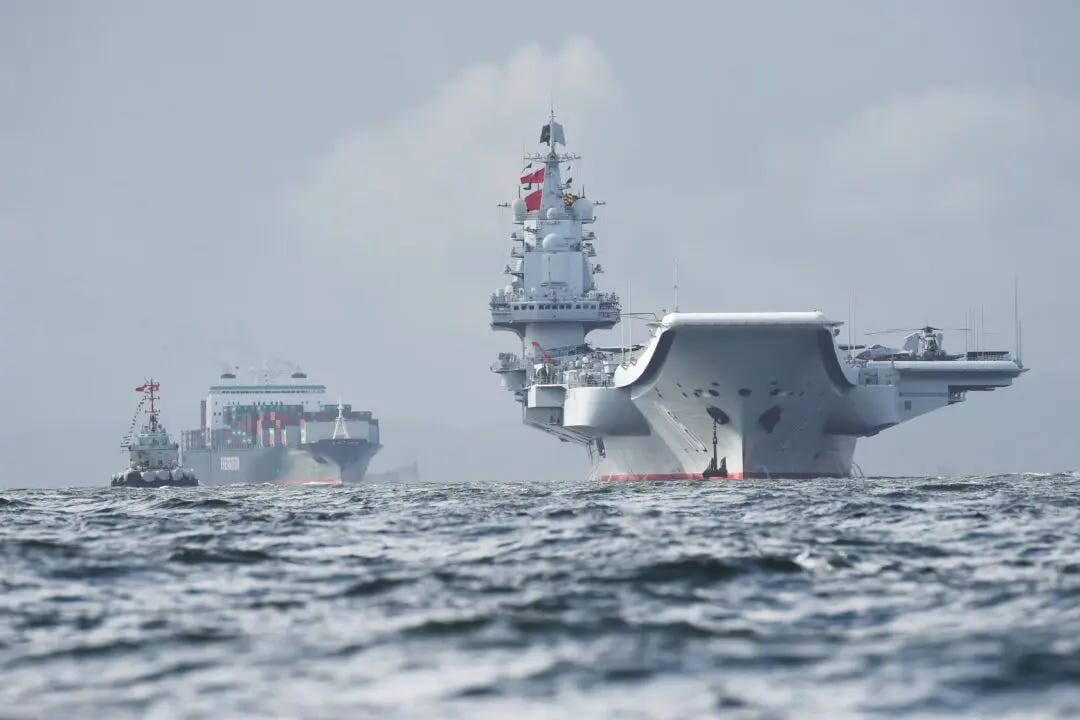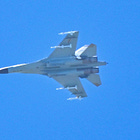The Kamikaze Strategy: How China Plans to Sacrifice Its Own Forces to Capture Taiwan
The much vaunted Chinese Navy is a pale shadow of its U.S. opponent. So it's taking a page out of history and planning an audacious suicide attack to buy itself desperately needed time.
NOTE: I have written a great deal about why China’s growing economic and demographic problems make it more dangerous in the near-term. For the strategic, geopolitcal overview, be sure to read my Deep Dive on that topic. But we’ve also covered the danger of a Chinese Pearl Harbor. Today’s analysis covers a key part of that strategy, which has heretofore gone largely unnoticed and undiscussed despite a glaring historical precedent from 80 years ago in nearly the same waters. — RDM
by Shen Zhou
October 6, 2025
This summer, from June 7 to June 10, both of China’s aircraft carrier groups — the Liaoning and the Shandong — appeared simultaneously beyond the First Island Chain, with the Liaoning even pushing past the Second Island Chain.
While the unprecedented operation posed a political and military threat to Japan, it revealed elements of Beijing’s emerging naval strategy: deploying its less advanced carriers as expendable assets to distract, delay, and complicate a U.S. military response.
In the event of a conflict in the Taiwan Strait, China would likely sacrifice both carrier groups, plus significant additional forces, to buy time and weaken the speed and intensity of U.S. and allied reinforcements.
Can the U.S. military effectively counter such a tactic? They did once, in World War II. But it was a near-run thing that depended as much on the enemy’s failure as its own success.
Two Limited-Capability Carriers
China’s third aircraft carrier, the Fujian, now closely resembles U.S. carrier design and operational doctrine, marking a clear departure from the Soviet-inspired model. This evolution effectively renders the Liaoning and Shandong semi-obsolete. At the same time, they are not entirely useless: they may no longer be considered core assets, but they could easily be used as bait in a conflict.
If the Chinese regime were to initiate hostilities in the Taiwan Strait, these two less capable carriers would likely be deployed beyond the First Island Chain to act as decoys, drawing U.S. and allied firepower away from the main theater. Their job would be to divert and tie down portions of U.S. naval and air assets, buying critical time for the regime’s amphibious assault on Taiwan.
Recent drills suggest the Chinese navy has already been rehearsing this scenario.
This tactic closely mirrors a gruesome historical precedent from World War II.




